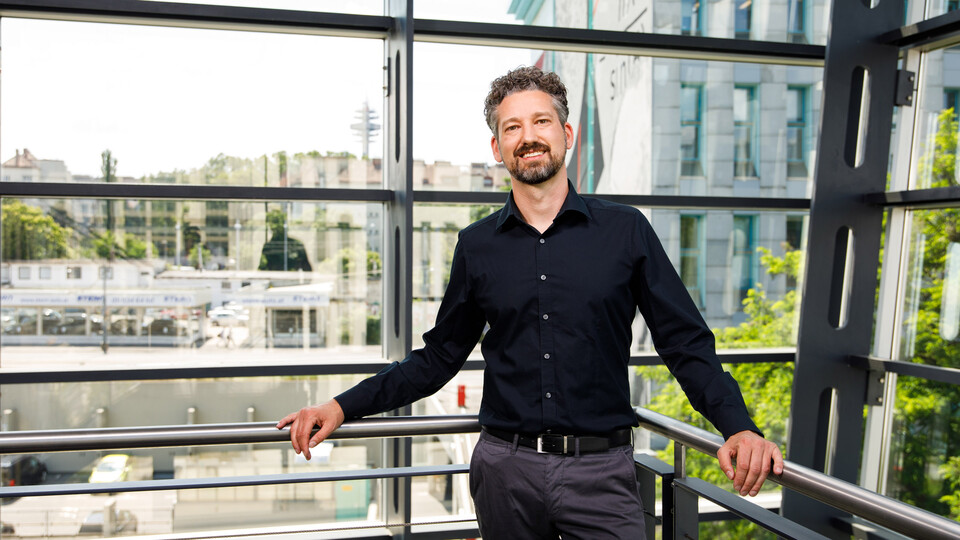
MINFLUX microscopy employs a patterned beam of light with an intensity that approaches zero at its center. By scanning the sample with the patterned beam, the position of single fluorophores can be measured with unparalleled precision. However, the technique is not easy to implement, as Perutz group leader Jonas Ries explains: “From a technological perspective, producing the required pattern and positioning it with Ångstrom-level precision is quite challenging.”
In the ERC-funded project, Jonas plans to simplify the MINFLUX technology by implementing an approach called ‘PhaseFLUX’. “Instead of physically shifting the zero position of the light beam, our goal is to dynamically move it within the point-spread function of the fluorophore,” he explains. The Ries lab aims to validate their concept during the grant period. In the future, the project will seek to bridge the gap from the pilot project to implementation of the new technology in the wider research community, either as a commercial product or an open-source solution.
About Jonas Ries:
Jonas Ries studied physics in Bremen and Konstanz, specializing in quantum optics. He earned his PhD in biophysics from the Technical University of Dresden, followed by a postdoctoral fellowship at ETH Zurich. In 2012, he became a group leader at the European Molecular Biology Laboratory (EMBL) in Heidelberg. In 2023, Jonas was appointed full professor for Advanced Microscopy and Cellular Dynamics at the Max Perutz Labs.